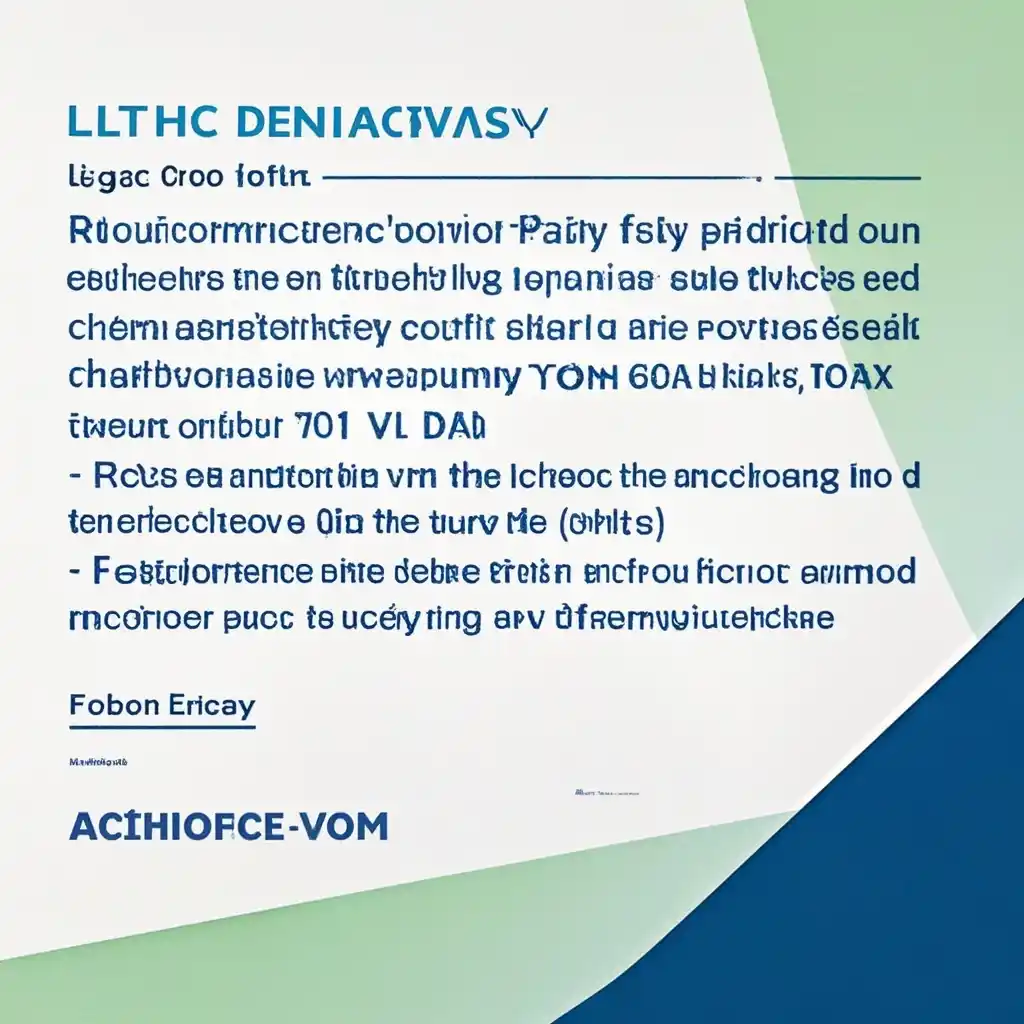

In recent years, cross - border e - commerce enterprises have been facing various challenges, especially in terms of tariffs. One notable trend is that some of these enterprises are choosing to move their factories to Vietnam for tariff avoidance. **I. Background** The international trade environment has become increasingly complex. Tariffs have been a significant factor affecting the cost and competitiveness of cross - border e - commerce products. For example, in the context of trade disputes between major economies, many products are subject to higher tariffs when exported directly from certain countries. Vietnam, on the other hand, has several advantages. It has a relatively low - cost labor force, which can reduce production costs. Moreover, Vietnam has signed a number of free - trade agreements (FTAs). For cross - border e - commerce enterprises, products produced in Vietnam can enjoy preferential tariff treatment when exported to certain markets under these FTAs. This means that by moving factories to Vietnam, enterprises can potentially avoid high tariffs that they would otherwise face when exporting from their original production locations. **II. Case** Take a well - known cross - border e - commerce company that mainly deals in textile products, Company X. Previously, Company X produced its products in China and exported them to the United States. However, due to the increase in tariffs on textile products from China to the United States, Company X faced a significant increase in costs. After careful consideration, Company X decided to move part of its production lines to Vietnam. In Vietnam, Company X built a new factory and recruited local workers. They also cooperated with local suppliers for raw materials. When exporting products from Vietnam to the United States, they were able to take advantage of Vietnam - US trade agreements. The products were subject to much lower tariffs. As a result, Company X was able to maintain its price competitiveness in the US market. Moreover, in Vietnam, the company also found new business opportunities. For instance, they could also target the growing Southeast Asian market more easily with their Vietnam - based production facilities. **III. Experience and Lessons** **A. Advantageous Experiences** 1. **Cost Reduction** - Labor cost is a crucial factor. The relatively lower labor cost in Vietnam compared to some developed economies helps reduce the overall production cost. This not only offsets the cost of factory relocation but also brings long - term cost - saving benefits. - Tariff savings are significant. By leveraging Vietnam's FTAs, cross - border e - commerce enterprises can save a large amount of tariff expenses, which directly improves profit margins. 2. **Market Expansion** - Geographical location advantage. Vietnam's location in Southeast Asia provides a convenient springboard for enterprises to enter the Southeast Asian market. This diversification of markets reduces the enterprise's over - reliance on a single market and spreads business risks. **B. Cautionary Lessons** 1. **Supply Chain Management** - Logistics challenges. Moving factories to Vietnam may face logistics issues such as transportation efficiency and cost. The distance from Vietnam to some major markets may be longer than the original production location, which requires enterprises to optimize their logistics solutions to ensure timely delivery of products. - Supplier quality control. Although there are local suppliers in Vietnam, ensuring the quality of raw materials and components supplied by them may require more effort. Enterprises need to establish strict quality control systems to avoid quality problems in products. 2. **Cultural and Regulatory Differences** - Cultural differences can affect management efficiency. For example, different work ethics and communication styles between Vietnamese and employees in the original production location may require enterprises to adjust their management methods. - Regulatory compliance. Vietnam has its own regulatory requirements for production, environmental protection, and labor. Enterprises need to fully understand and comply with these regulations to avoid potential legal risks. **IV. Summary** In conclusion, for cross - border e - commerce enterprises, moving factories to Vietnam for tariff avoidance can be a viable strategy. It offers opportunities for cost reduction and market expansion. However, it also comes with a series of challenges. Enterprises need to carefully weigh the pros and cons, make comprehensive plans for supply chain management, cultural adaptation, and regulatory compliance. Only by doing so can they successfully implement this strategy and gain long - term competitive advantages in the international market.